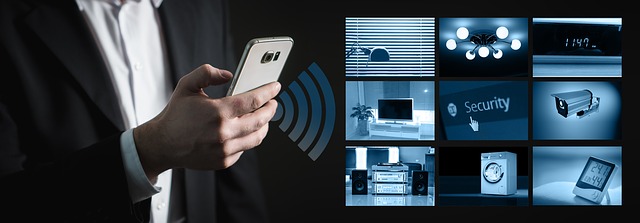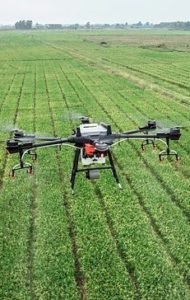Our lives are changing and hopefully for the better. What this means is that technology is constantly being updated and we are getting new things on a daily basis. What is a minor update to an end user is a very big deal behind the scenes, pointing in the right direction. Today’s world is connected with more and more devices being on the internet. The term the Internet of Things or IoT should be familiar to most people. It implies connectivity, where every device gathers data and sends it to the user, and the user can control everything from their phone or into whatever personal entertainment/communication devices evolve into. Here is how the IoT can and will change our lives.

Smart Homes/Cities
The concept of a smart home is known to most people who browse the internet. It is a house or apartment which you can control from multiple places, but mostly through your mobile phone. It is a very futuristic thing that many people actually implemented. Movies from the 80s and 90s have predicted some things right and smart homes are one of those things.
On a larger scale, smart cities are something far more complex. A smart city would require you to do a lot of work on an infrastructure level and it would also require the population to move to mobile phones and connected devices in order for it to work. This has been attempted and is still tested in South Korea. It is going to make everything easier, from shopping to getting notifications and your basic, daily functions.

Data Transfer in Research
With all devices connected, imagine a healthcare worker sending test results directly to a doctor, who would then forward the results to scientists working on a cure. This kind of access to data would help research immensely. Not only would healthcare benefit from the IoT, but every other data-driven science. Physics, astronomy, mechanical engineering and more, everybody could benefit from instant data transmissions upon getting the news. Scientists all over the world would be able to compare data in seconds and work together on a common goal.
Motorised Vehicles – Transport and Agriculture

Both transport vehicles and agriculture could be improved by the IoT. Connected devices like drones and sensors in the soil would monitor farms and notify the owners should any involvement be necessary. Machines could also be automated, like farming machines, meaning that the farmer would have less to do and more time for other activities.
In cities, smart vehicles would be self-driving. We have already seen successful tests and live versions of self-driving cars. Fully autonomous cars are far off, because the infrastructure would need to be changed, in almost every city and on every road. This is eventually going to be developed, but it is very feasible.
Hazard Detection
Fires have been plaguing our world in the last few years. When summer comes, each part of the globe gets various fire hazards and many forests burn. On a happier note, AI research has gone far enough that fires could be detected earlier, using connected devices which are placed in forests at key locations. This would help prevent major outbreaks of fire and possibly warn authorities of other hazards such as hurricanes and monsoons, not to mention earthquakes.
The IoT has great potential, but can also be used for malign purposes. It is up to us to implement it in a healthy/productive way.

 5 Technologies or Devices We Can’t Imagine Our Lives Without
5 Technologies or Devices We Can’t Imagine Our Lives Without  The World’s Biggest Tech Giants
The World’s Biggest Tech Giants  How Virtual Reality is Changing Entertainment
How Virtual Reality is Changing Entertainment  Best Story-driven Video Games That Feel Like an Interactive Movie
Best Story-driven Video Games That Feel Like an Interactive Movie  More Recent Breakthroughs in Technology That Will Change Our Lives
More Recent Breakthroughs in Technology That Will Change Our Lives  Is Technophobia Justified?
Is Technophobia Justified?  The Best Operating System for Gaming
The Best Operating System for Gaming  The Future of VR Gaming
The Future of VR Gaming  The Best Streaming Services in the World
The Best Streaming Services in the World 